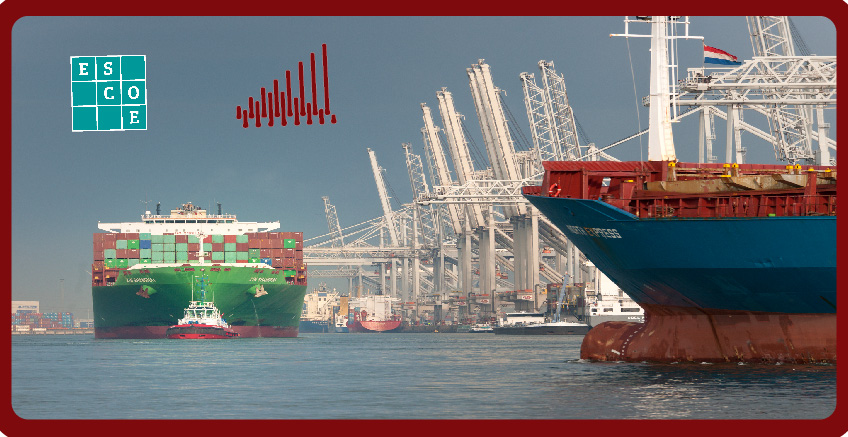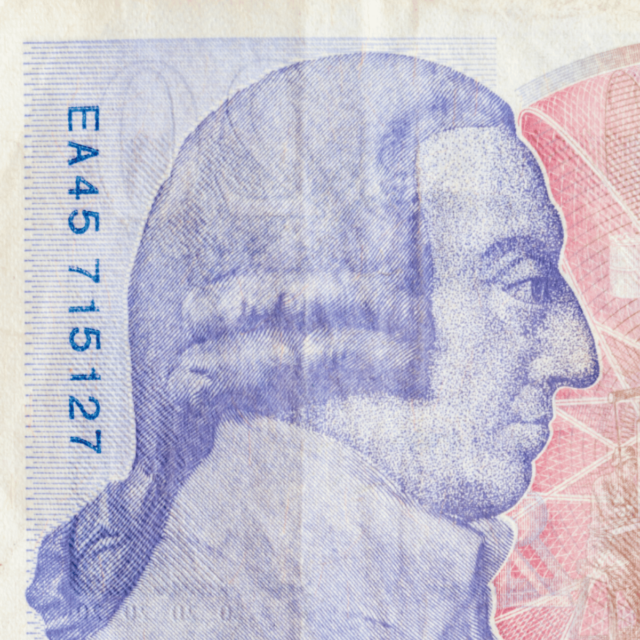Distinguishing between imports for domestic use and for re-exports: a novel method illustrated for the Netherlands
 Pub. Date
Pub. Date
 Pub. Type
Pub. Type

Global trade in the 21st century is characterised by complex value chains. Successful exporters usually rely on quality imports, and exported goods cross borders many times before reaching their final consumer. This poses challenges to economic measurement as well as policymaking because it becomes difficult to characterise the true interdependencies between countries. Currently, estimates of the share of imports from a trade partner destined for re-exports, and the share used in the domestic economy, are crude at best. We develop a novel approach to estimate these shares. Instead of assigning imports for re-exports proportionally across all source countries, we consider the origin of imports for each trader who re-exports goods. The method is illustrated for the Netherlands, a major re-exporter. We find that non-European member states export 10 billion euros of commodities to the Netherlands that are destined for re-export to the United Kingdom. We also find that the goods trade deficit between the Netherlands and the United States is drastically reduced when taking re-export flows into account.




